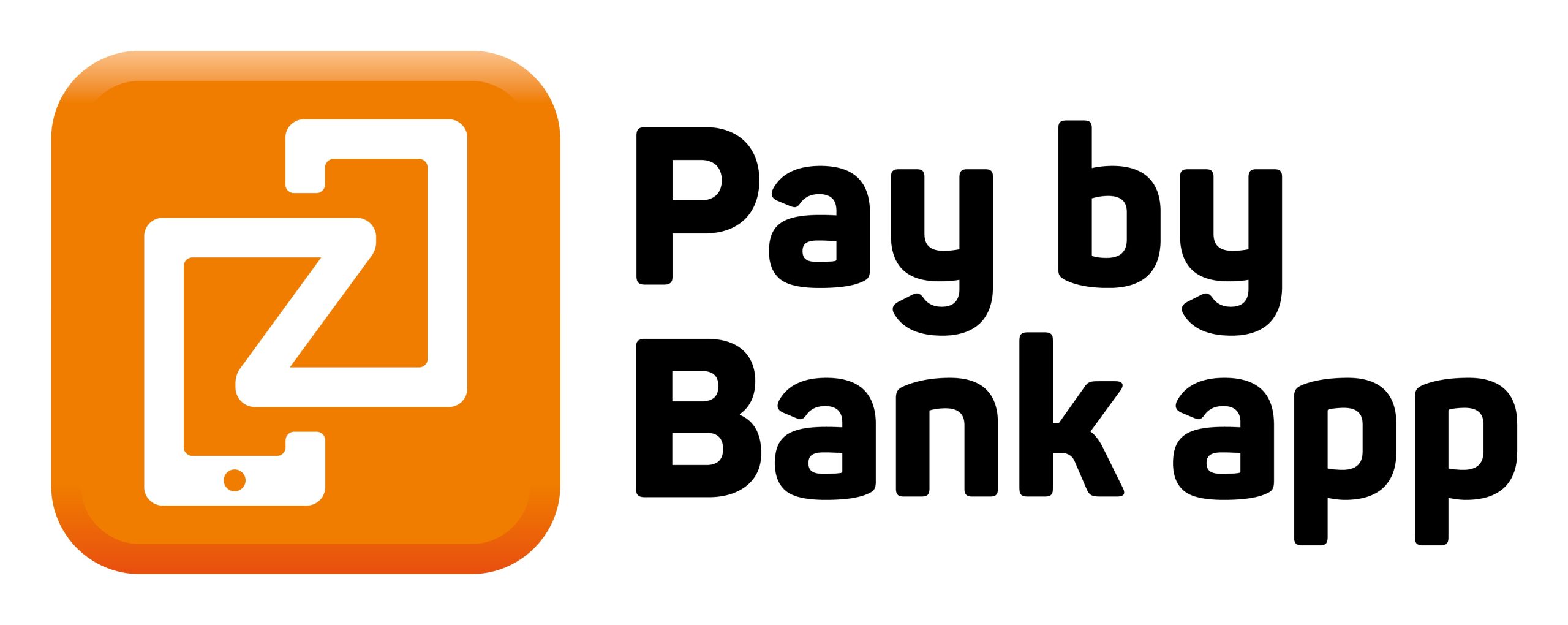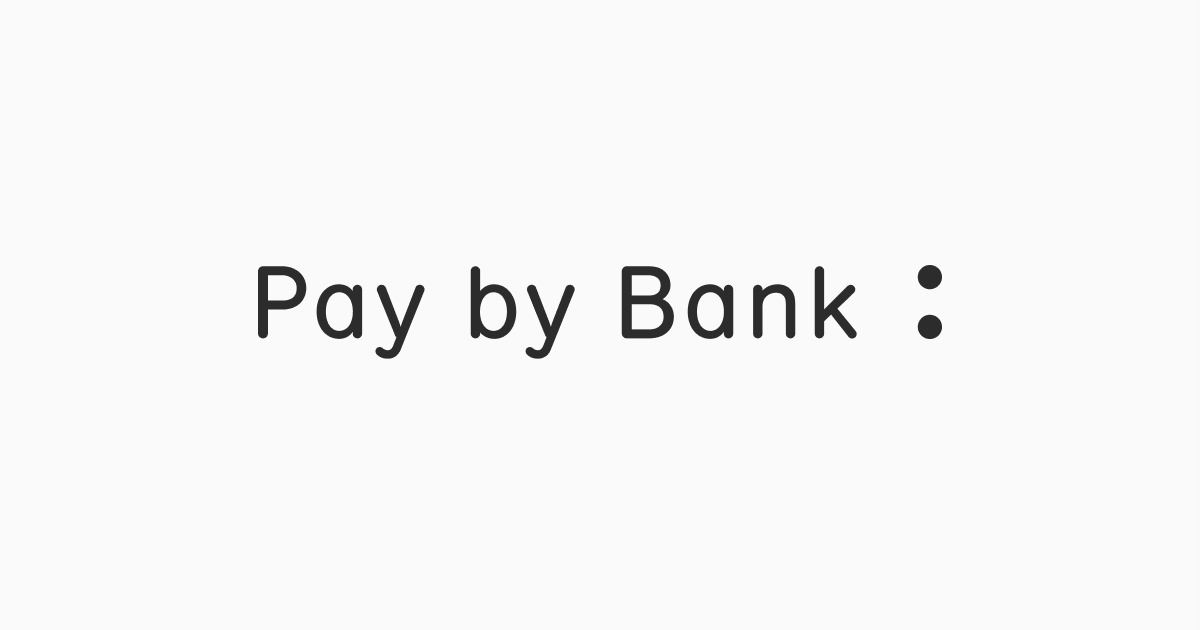The fintech revolution of the 2000s introduced the concept of open banking, transforming financial accessibility and launching innovative products and services. This evolution gave rise to Pay by Bank, a system facilitating real-time, account-to-account payments via open banking infrastructure.
European and APAC governments quickly embraced this innovation, crafting legislation to foster rapid adoption. The United States trailed behind, with advancements driven by the fintech sector rather than government mandates or traditional banking pressures.
Nevertheless, the landscape is shifting, with leading US banks and merchants starting to acknowledge the benefits of open banking payments and legislative measures beginning to materialize.

Pay by Bank app (Credits: Payments Cards & Mobile)
In Europe, mainly the UK and EU, the adoption of open banking has surged thanks to proactive government legislation. The UK saw an 11% usage rate among its citizens after the CMA mandated compliance with open banking standards in 2018. The EU’s adoption rate reached 8.5% in France following the introduction of PSD2.
This dissimilarity is stark with the US, where adoption rates lag significantly due to the lack of comprehensive open banking legislation. The fintech sector is left to navigate a fragmented and sometimes hostile banking landscape.
The absence of uniform open banking laws in the US has compelled fintechs to rely on less efficient methods like screen-scraping for data retrieval. At the same time, consumer hesitation towards Pay by Bank remains high.

United States (Credits: Britannica)
A December 2023 study revealed that some US consumers are either unlikely to use Pay by Bank or would only consider it if incentives were offered. However, the tide is turning stateside.
The Consumer Financial Protection Bureau (CFPB) is set to implement new regulations by 2025 under Section 1033 of the Dodd-Frank Act to standardize bank account information and improve the user experience of financial transactions. This regulatory support is expected to enhance the open banking framework, encouraging banks to adopt open banking practices.
Pay by Bank is already a staple in the US for bill payments and transactions within the ACH direct payments network. Yet, to broaden its adoption, a shift in consumer perception, alongside the CFPB’s regulatory enhancements, is necessary to signal Pay by Bank as a viable option across various payment experiences.
Merchant demand for Pay by Bank is also poised to drive adoption. The checkout process is crucial for e-commerce success, so fintechs focus on developing payment solutions that offer smooth and intuitive interfaces for consumers and merchants alike, ensuring seamless integration into online shopping experiences.
The rise of the UK’s open banking ecosystem was significantly propelled by a community of innovators united by common goals. Similar signs of collaboration and standardization among Pay by Bank providers are emerging in the US, promising to make this new payment method more appealing to consumers wary of departing from traditional payment modes.























